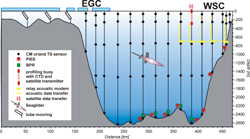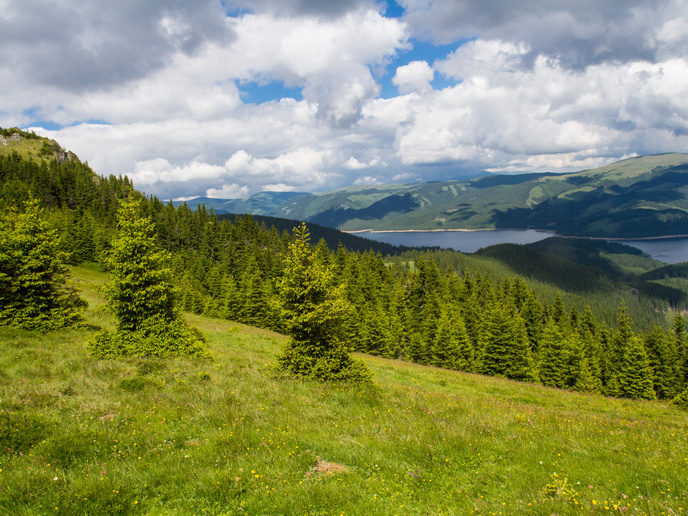Improving sensor arrays for improved oceanic understanding
Studying water flows in some of the world's most hostile environments, requires considerable effort. Not only do developers need to consider the extreme weather conditions, they require a number of observational and measurement tools. Moreover, these need to be cost-effective and ultimately provide readings that are more accurate than previous systems. Various system modifications were implemented. There were design changes made to the observation arrays in the Fram Strait and Barents Sea Opening and newly developed instruments were installed in the moorings. Additionally, to augment the observation moorings, hydrographic stations were designed to retrieve the spatial variability of the Atlantic water pathways. Pop-up buoys were tested for the near-real time transfer of data through all weather conditions. Other key measurements were also conducted using various implements. Bottom pressure recorders, and inverted echo sounders with pressure sensors were used to estimate barotropic currents as well as heat content. Tube moorings combined with acoustic Doppler current profilers were used on the shelf of the Fram Strait. Whilst this list is not comprehensive, they, and the other developments implemented successfully contributed towards improving the accuracy, range and coverage of data in key areas. They in turn, improved the estimates of oceanic fluxes due to more reliable measurements in these key locations at greater resolution. Subsequently, better model validation and improved ability to predict environmental conditions were attained. While further development will continue, the results of the project can be used by a wide variety of interested parties. These include scientists who have a direct involvement in Arctic or oceanic studies to companies expressing an interest in novel oceanographic instrumentation, environmental protection agencies and fisheries.







